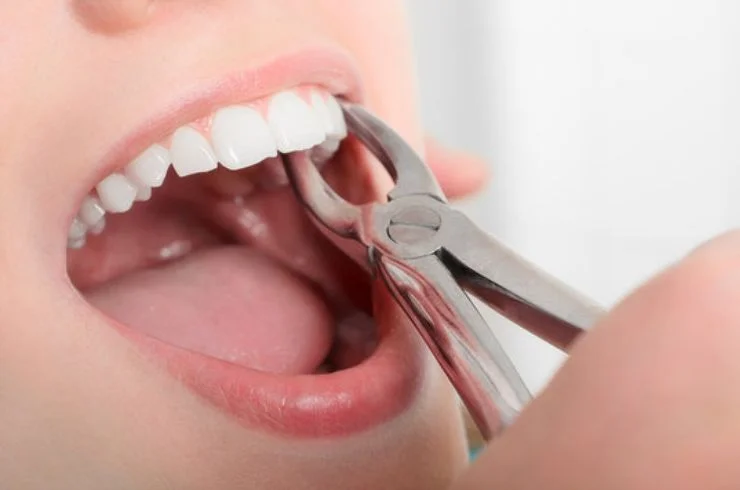
What is Wisdom Tooth Removal?
Wisdom tooth removal is a common dental procedure to extract one or more wisdom teeth— the last set of molars that typically emerge between the ages of 17 and 25. These teeth often cause problems because they may not have enough space to fully erupt, leading to crowding, impaction, or misalignment. Wisdom tooth extraction can prevent potential complications and maintain overall oral health.
Why is Wisdom Tooth Removal Important?
Wisdom teeth can cause a range of issues if left untreated. They may become impacted (stuck below the gum line), grow at an angle, or crowd other teeth, leading to pain, infection, and alignment problems. Removing problematic wisdom teeth can alleviate discomfort, prevent infections, and reduce the risk of tooth and gum damage.
How is the Procedure Done?
The procedure starts with a thorough examination, including X-rays, to determine the position of the wisdom teeth. Depending on the complexity, the dentist or oral surgeon will choose the best approach. Local anesthesia, sedation, or general anesthesia may be used to ensure comfort. An incision is made in the gum tissue if necessary, and the tooth may be sectioned into smaller pieces for easier removal. After extraction, stitches may be applied, and gauze is used to control bleeding. Patients receive aftercare instructions to aid in healing.
Who Should Consider Wisdom Tooth Removal?
Anyone experiencing pain, swelling, or discomfort in the back of the mouth should consult a dentist. Those with partially erupted or impacted wisdom teeth, or those experiencing repeated infections or misalignment issues, may need an evaluation for removal. Routine dental visits can help identify potential problems early.
Benefits